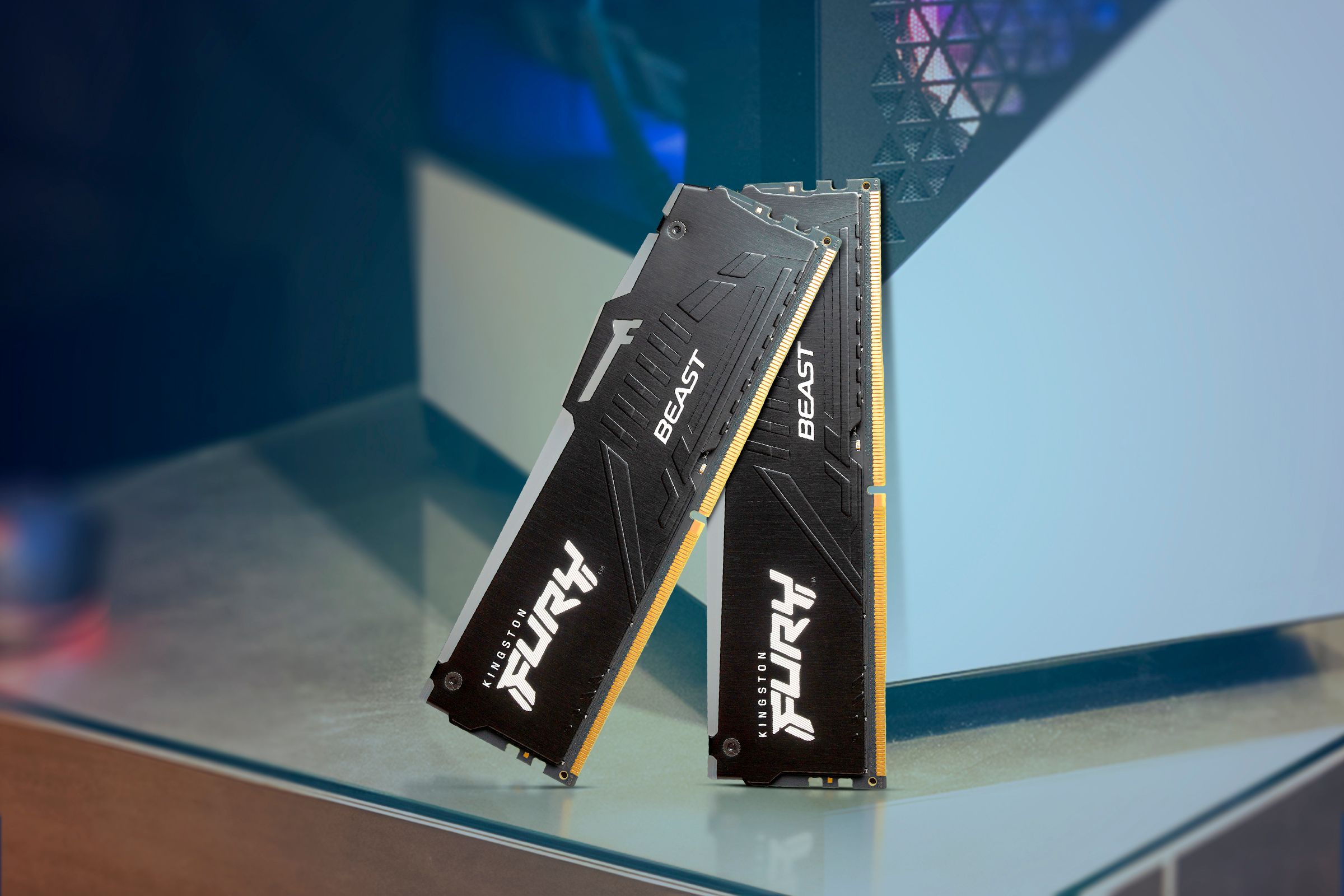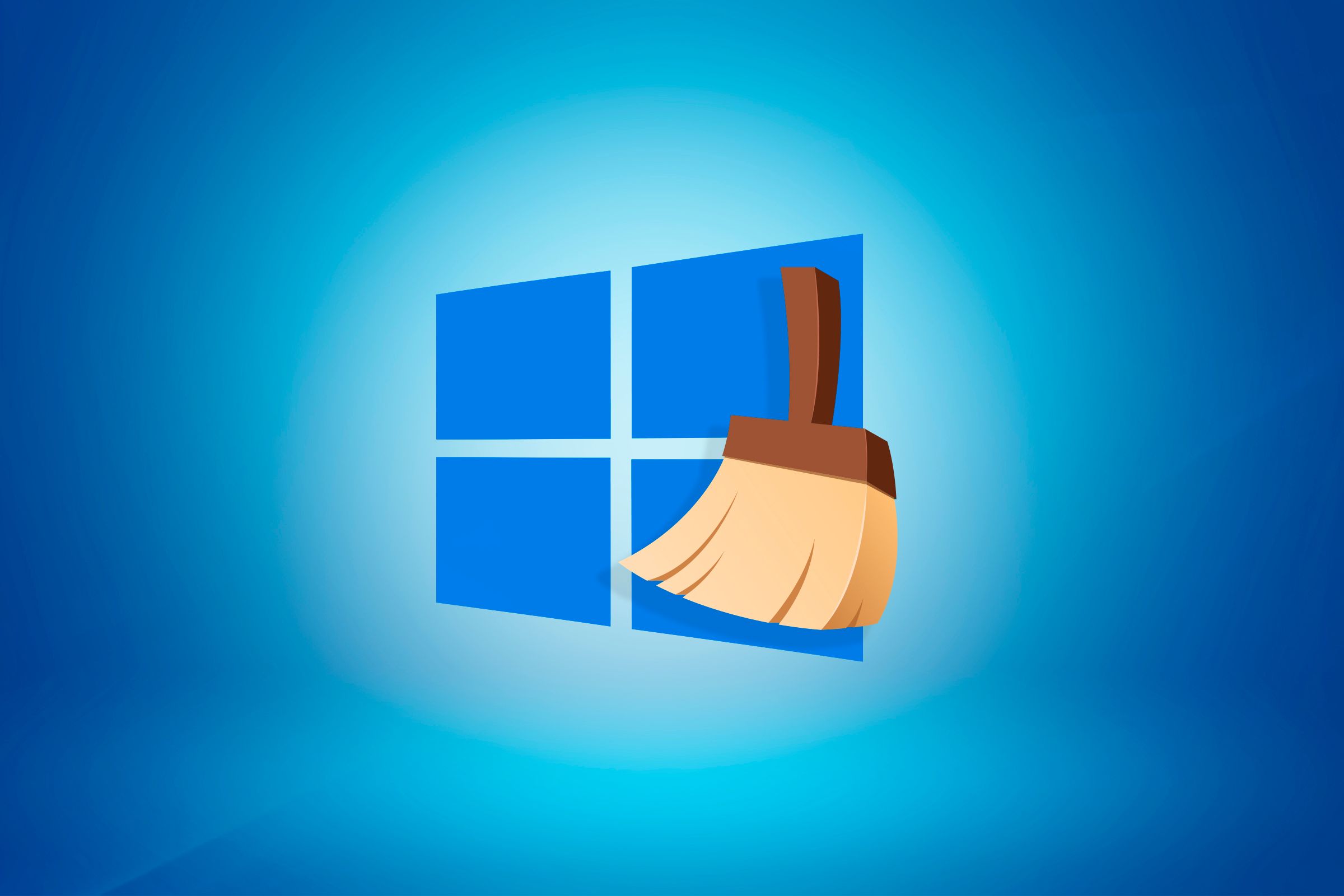
Maximizing Your PC's Performance for Gaming: A Cost-Free Tune-Up Guide

Maximizing Your PC’s Performance for Gaming: A Cost-Free Tune-Up Guide
Quick Links
- Update Your Drivers and the OS
- Enable XMP / EXPO
- Enable Resizable BAR / Smart Access Memory
- Disable Game Bar in Windows 10/11
- Enable Game Mode in Windows 10/11
- Disable Background Apps
- Use Upscaling and Tweak Game Settings
- (Advanced) Try Automatic Overclocking
Key Takeaways
- Keep drivers updated for better performance and new features, specifically for graphics cards.
- Enable XMP / EXPO and Resizeable BAR / Smart Access Memory in your BIOS to boost performance.
- Try upscaling technologies like DLSS, FSR, or XeSS, and tweak game settings for improved FPS.
If you’re looking for some ways to optimize gaming performance on your new or existing PC, you’ve come to the right place. Regardless of what type of hardware you’ve got, I have a list of optimization tips that you don’t want to skip.
Update Your Drivers and the OS
Arguably, the best way to keep your PC optimized for games is to keep your drivers up-to-date. Keeping them updated to the latest version not only ensures that your hardware continues to work as intended, but it also adds various performance enhancements, features, and bug fixes.
The graphics card drivers are the most important, as the graphics card handles all the rendering that makes sharp and detailed graphics in games possible. You should update them once a month or whenever a new triple-A game is released to take advantage of game-specific improvements. Here’s our guide on how to update graphics card drivers.
There are a few other things that you want to keep up-to-date, namely, your chipset drivers and your operating system. Instead of putting off that pesky Windows update, you should check for new updates proactively. Also, please don’t use a driver utility tool .
Enable XMP / EXPO
Extreme Memory Profile , or XMP for short, is an Intel configuration set for RAM; it allows your RAM to run at a higher clock speed, which directly improves performance. AMD’s equivalent on newer chips is EXPO (AMD Extended Profiles for Overclocking) and AMP on older models. Some motherboard manufacturers have developed their own alternatives to Intel’s XMP and have given them different names, such as A-XMP (MSI), DOCP (ASUS), and EOCP (Gigabyte).
Whatever the option is called on your computer, you should enable it to get an instant performance improvement, and a significant one at that. I told my friend to enable it recently, and he reported getting about 10–15% more FPS on his AMD rig. To enable it, you’ll have to go into your motherboard’s BIOS; consult your motherboard manual for instructions.

Lucas Gouveia / Justin Duino / How-To Geek | LariBat / Shutterstock
Enable Resizable BAR / Smart Access Memory
Resizable BAR (ReBAR) on NVIDIA GPUs and Smart Access Memory (SAM) on AMD GPUs are similar technologies that give your CPU access to all of your GPU’s VRAM at once, rather than in smaller 256MB chunks. ReBAR is an incredible optimization feature that helps your CPU and GPU communicate more effectively, leading to a modest performance improvement. The only caveat is that it can lead to decreased performance in some games that don’t support the technology. So, try turning it on and off in different games to see how it behaves.
Disable Game Bar in Windows 10/11
Windows has a built-in game overlay called Game Bar. It lets you capture gameplay videos and has a few cool features like performance monitoring. However, it also has a tiny performance impact, so I strongly recommend disabling it if you never use it. Fortunately, it’s very easy to disable the Game Bar , and you can always launch it manually (even when it’s disabled) in case you need to capture a quick video.
Enable Game Mode in Windows 10/11
Now that you’ve disabled a feature on Windows, it’s time to enable a different one. Game Mode is a feature that detects when you launch a game and then disables background processes, such as automatic driver updates, to free up resources. Game Mode is enabled on all Windows PCs by default, but you should still double-check to make sure it’s on.
Disable Background Apps

Lucas Gouveia/How-To Geek | Demogorgona /apercoat1 /Shutterstock
Although Game Mode disables certain background processes, it won’t disable all of them—especially if they’re from a third-party program. If the background app is Discord or a game launcher like Steam, then it’s fine, and you probably want it running in the background anyway to make sure you don’t miss messages.
However, you should turn off everything that you don’t need for gaming. Those lightweight programs quickly add up and can take away over a gigabyte of RAM from your games. If you use your gaming PC for work like I do, check your taskbar to make sure that apps like Slack, Asana, Notion, and Microsoft Teams aren’t running. For a more permanent fix, disable any apps you don’t need at startup .
Use Upscaling and Tweak Game Settings
Upscaling is arguably the most impactful step, but the reason why it’s lower on the list is that it’s kind of cheating. You see, lowering game settings puts less demand on your computer’s resources (especially the GPU), so you’re not exactly improving performance per se, but you are getting more FPS. It’s similar to how you can make your car go faster by increasing its horsepower, or you could take out non-essential parts to lower its weight and reduce the workload for the engine.
Enabling frame generation is one of the best ways to get a lot of FPS for free, but since it adds a lot of noticeable latency, I personally don’t recommend it. Upscaling with DLSS, FSR, or XeSS is a much better solution, as these modern AI upscalers can produce exceptionally sharp images, especially on resolutions above 1080p. Try experimenting with different upscaling settings in your favorite games until you find a nice compromise between image quality and performance.
In addition to upscaling, tweak the advanced video settings in your favorite games. Focus on lowering demanding options, such as field of view, ray tracing, textures, shadows, volumetric clouds and fog, view distance, and reflections. I strongly recommend looking up the specific game you’re tweaking to find optimized settings that strike a healthy balance between FPS and visuals. Also, don’t forget to enable “Fullscreen (Exclusive)” or equivalent option. In most games, it results in slightly better FPS at the cost of a slower Alt+Tab.
(Advanced) Try Automatic Overclocking
For those of you who want to get the absolute most out of your system without getting into enthusiast-level overclocking , I recommend doing a quick automatic overclock. Overclocking refers to the process of increasing the frequency (speed) at which your components run, which results in a solid performance improvement. Depending on your unique setup, what you can achieve with overclocking can be a very modest 5% increase or a massive uplift exceeding 20%.
For starters, AMD users can enable Precision Boost Overdrive (PBO) in their BIOS. It allows your CPU to draw power up to your motherboard’s limits for a slightly increased clock speed, so it’s essentially a small overclock. The Intel equivalent is the Intel Performance Maximizer (IPM). You could go a step further and try automatic or AI overclocking if your motherboard provides that option.
Graphics cards have a one-click automatic overclock feature that you shouldn’t skip out on, either. On AMD, you can find it in AMD Software > Performance > Tuning > Overclock GPU.
On NVIDIA, turn on your in-game overlay, then hit Alt+Z when you’re in a game > Performance > Enable Automatic Tuning. Automatic overclocking lets your GPU find its maximum safe clock speed, so it’s a relatively low-risk way to increase performance.
In addition to the steps laid out above, there are numerous other niche methods to improve gaming performance, and they’re often specific to a certain game or hardware configuration. While our list outlines tricks that generally improve performance, there are some edge cases where disabling a performance-enhancing feature can actually improve FPS, depending on the game. So, be sure to test things yourself or check game forums for more advice.
Also read:
- [New] 2024 Approved Ultimate Kid-Friendly Driving Delights
- [New] Tech Triumphs #10 High-Definition Screen Recorder Tools for 2024
- [Updated] Avoid Snappy Disappointments Streaking Wisdom for 2024
- $300 Discount on Top-Performing Non-ThinkPad, Non-MacBook Laptop for Productivity: Exclusive Prime Day Deal Revealed by ZDNet!
- Affordable Microsoft Surface Pro 7 Reconditioned Deal at Just $445 - Top Picks
- Amazon's Post-Prime Day Blowout: Get a Whopping 36% Discount on the High-Capacity 8TB Samsung T5 SSD - Exclusive Insights From ZDNet
- Apple MacBook Air with Revolutionary M2 Chip Wins ZDNET's Favorite Laptop of the Year
- ASUS VivoBook 11 Reviewed: An Ideal Blend of Miniature Design and Cost-Efficiency for Everyday Use
- Exclusive Early Bird Access: Premier Oct '24 Laptop Deals Shopping List!
- Expertly Curated Film Guide: 20 Choices to Watch Now From Lifewire
- Finding Simplicity and Functionality with Windows-Free HP Chromebooks: A User's Perspective
- In 2024, Expand Your Instagram Skills Advanced Use of Queries
- New Mastering the Art of Syncing Sound with Visuals in Filmmaking for 2024
- Perfecting Your Presence Skills to Master with Logitech Cam for 2024
- Secure Your Website by Transitioning HTTP to HTTPS Through Nginx Configuration
- Top-Ranking Student Chromebook Picks: Comprehensive Reviews by Tech Gurus
- Unlock Immediate Savings: Secure $200 Off Today's Deal on Apple’s M1 MacBook Air - Insights
- Title: Maximizing Your PC's Performance for Gaming: A Cost-Free Tune-Up Guide
- Author: George
- Created at : 2024-12-26 21:25:30
- Updated at : 2024-12-27 21:03:33
- Link: https://hardware-tips.techidaily.com/maximizing-your-pcs-performance-for-gaming-a-cost-free-tune-up-guide/
- License: This work is licensed under CC BY-NC-SA 4.0.